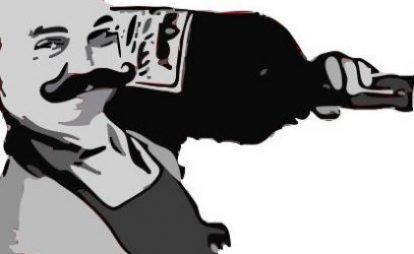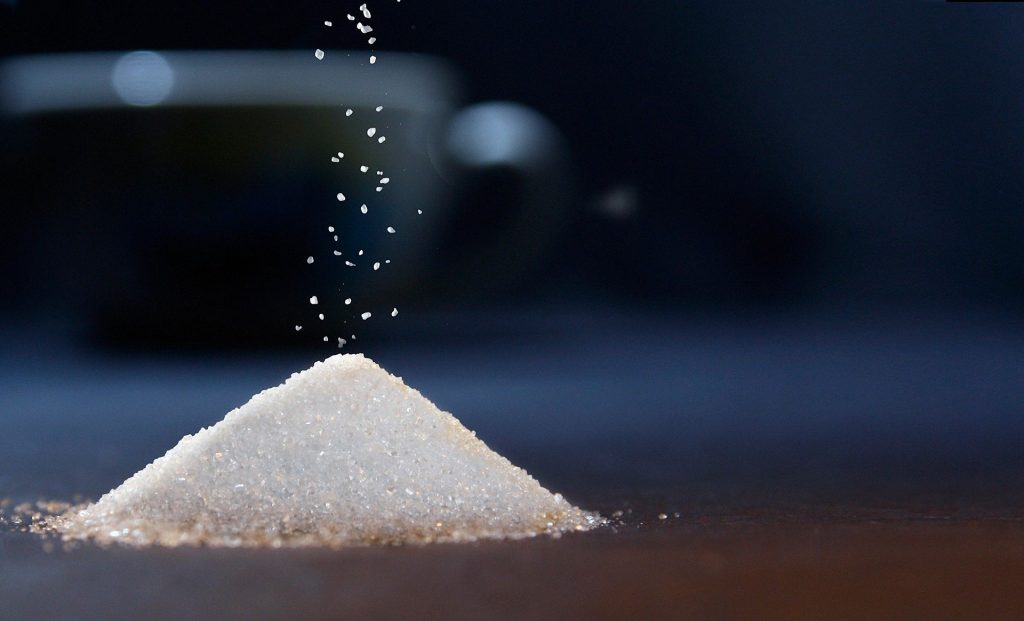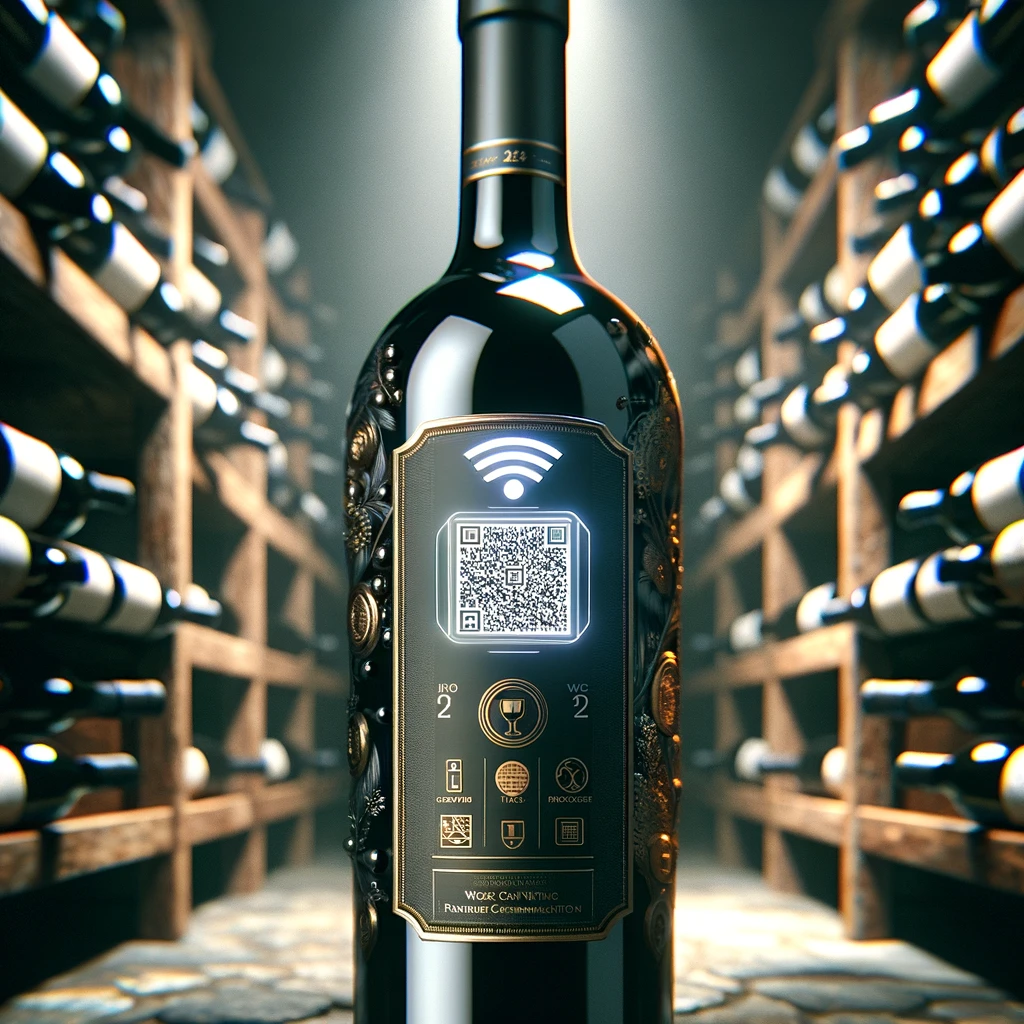An answer to what wine would have bought you a million bucks if you had one to spare, news from France’s north-east, the latest stats on Chinese wine imports – this and more news from the world of wine in the latest edition of the JollyCellarMaster Weekly:
Drinking for a good cause, Label Transparency, and the Cream of the Crop meets in Germany
The IMW’s 10th international symposium
It’s not just the top of the top that will get together though in Wiesbaden, Germany, in 2023. No, the Institute of Masters of Wine’s 10th international symposium that will take place in the capital of the federal state of Hessen (,which, by the way, is also home to my birthplace – just for the sake of completeness) from 29 June to 2 July the year after next and it is open to anyone to attend.
It is co-hosted by the Deutsches Weininstitut (DWI), the city of Wiesbaden and Hessen and the DWI will work with the 13 wine-growing regions and Verband Deutscher Prädikatsweingüter (VDP) to welcome guests to the country over the four days.
The IMW’s symposium usually takes place every four years and after Logrono, Spain in 2018, it was due to be held in Adelaide next year, but had to be canceled due to Covid. A statement from the IMW says that the „10 MWs living in Germany supported the bid for the 2023 event, and a wider core team of MWs will be initiated, headed by Caro Maurer MW, to help make the symposium a world-class event“. I just started the first module of the Weinakademiker Diploma (which is the somewhat equivalent of the WSET 4 – more on that here), so I’m looking forward to the open event, but it’s unlikely that I will have joined the ranks of 496 current MWs by the end if I ever make it that far, but you gotta dream big, right?
The Perception of Sweetness
I am kind of obsessed with labelling laws. Not in the sense that I find it fascinating reading legal documents on the topic, but I’m quite intrigued what goes on a wine label, why and what it means. And whether there isn’t a better way. So the latest news coming from Alsace, the region in north-eastern France, that labels will have to display more information following the introduction of new wine laws in 2020, was completely down my alley.
According to Raymond Lassablière of the Alsace Winegrowers Association (AVA), the label of every bottle will have to clearly reveal whether its contents are ‘sec’ (dry); ‘demi-sec’ (off-dry); ‘moelleux’ (medium-sweet) or ‘doux’ (sweet). Alternatively, a sweetness scale can be used. The four sweetness categories are defined using an EU model that takes account of the tartaric acid content as well as the sugar.
Therefore, ‘sec’ (dry) is less than four grams of residual sugar per liter, but could also have up to 9 g/l if their tartaric acid content is never more than two grams lower than the sugar. For ‘demi-sec’ (off-dry)that means less than 12g/l or less than 18g/l and acid content per litre of not more than 10 g lower than the residual sugar. ‘Moelleux’ (medium-sweet) is between 18 g/l and 45g/l and everything above is ‘doux’ (sweet).
Will the new rules create a better understanding among consumers? Well, given the already available information and the existing confusion among consumers as well as the fact that the system is (and cannot be straight forward since you have to include the acidity levels to determine the perceived sweetness), it remains to be seen, but it is a start, I suppose.
China’s Wine Imports
Meininger writes that China’s wine market failed to pick up steam despite early economic recovery from the pandemic and overall growing consumer spending, as limited business banquets and social gatherings still heavily weigh down the country’s wine consumption volume. The Chinese wine market continued to contract in size for a third quarter this year, as the latest data has shown, indicating weak growth momentum and longer recovery time as previously expected.
That is bad news for anyone who has been counting on the Chinese market as the ultimate growth opportunity, but this could, of course, be just a momentary blip as the country is still seen as a market with great potential if only for its population of currently 1.4 billion people. At the same time, both consumption and imports have been on a downward trajectory over the past few years, which could have and probably has a number of reasons.
This year between January and September, the country imported US$1.27 billion worth of wines, which is US$569 million less compared with the same period from a pandemic-hit year in 2020, according to data released by Huajing Research. In terms of volume, this means a total of 329.4 million liters with a decrease of 17.7 million liters or of 5.1%.
The biggest hit obviously took Australia since its exports to the Land of the Emperor’s Great Wall pretty much evaporated due to the ongoing trade dispute that saw China impose up to 218% tariffs on Australian wine last year.
The Million Dollar Bottle
We often talk about those bottles of wine that fetch the most money at auctions or are generally considered the most expensive based on their sales value. The 2015 Hermannshöhle Rielsing TBA of Cornelius Dönnhoff was sold two years ago at the annual auction of the VDP regions of Ahr, Nahe, Rheinhessen und Pfalz in Bad Kreuznach for nothing less than 22,491 €. Domaine Leroy Musginy Grand Cru apparently sells for mor than 32 grand and a Domaine de la Romanée-Conti Romanée-Conti Grand Cru for just almost $22,000.
That’s still far off from what a man named Don Steiner paid for a six-liter bottle of Cabernet Sauvignon at a charity auction in New Orleans on 6th November.
According to the Drinks Business, the Setting Wines 2019 Glass Slipper Vineyard Cabernet Sauvignon has become the most expensive wine ever sold at auction, going for a whopping US$1 million.
The Californian wine is made in the Coombsville area of the Napa Valley, where both the grapes were sourced and the Glass Slipper Vineyard resides. Interestingly, a regular 750ml bottle apparently costs only $185, but with a production of only 900 bottles of the 2019 vintage, it would have been difficult to get a hand on it and despite data from secondary markets, it’s probably safe to say that the regular price will be exceeded there, too. Yet, I’m not sure whether the money wouldn’t have been spent better on four cases of Dönnhoff TBA or DRC, but, hey, each to his or her own, right?!?
—
And that’s all for the week but if you have an interesting story to tell or simply want to chat about wine as a guest on the Podcast, connect on Twitter or drop me a line. And if you want to stay in the loop about things happening at the JollyCellarMaster and the world of wine, make sure you sign up to our newsletter.
—
Disclaimer: As always, I’d like to be completely transparent about affiliations, conflicts of interest, my expressed views and liability: Like anywhere else on this website, the views and opinions expressed are solely those of the original authors and other contributors. The material information contained on this website is for general information purposes only. I endeavour to keep this information correct and up-to-date, I do not accept any liability for any falls in accurate or incomplete information or damages arising from technical issues as well as damages arising from clicking on or relying on third-party links. I am not responsible for outside links and information is contained in this article nor does it contain any referrals or affiliations with any of the producers or companies mentioned. As I said, the opinions my own, no liability, just thought it would be important to make this clear. Thanks!




